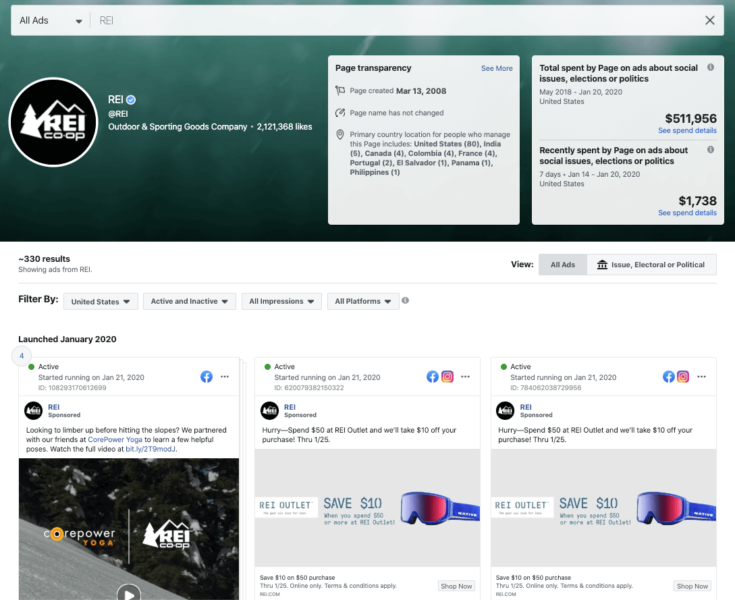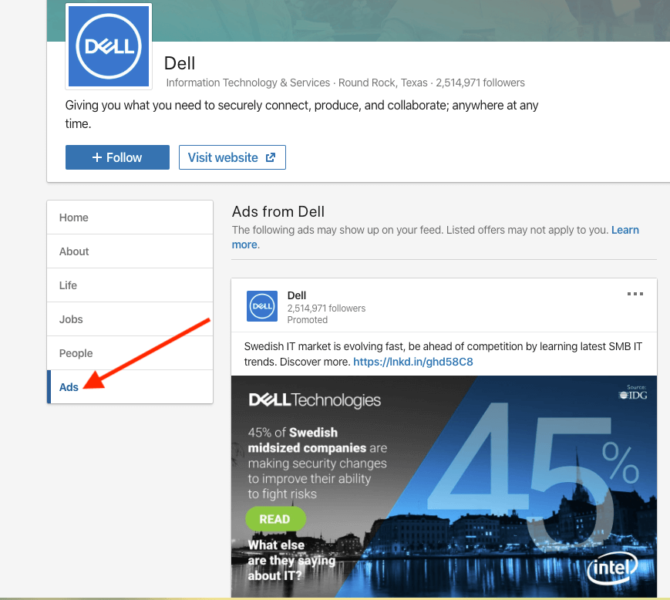HOWTO'S
How to get client buy-in to try new PPC tactics
Ever heard any of these phrases before?
“Nobody searches on Bing.”
“People don’t click banner ads.”
“We ran Facebook ads once, and they didn’t work.”
“LinkedIn is too expensive for us.”
All of us have heard similar responses when pitching new PPC tactics to clients. A channel that just might be the next best source of leads isn’t even tested because the CMO hesitates to try the unfamiliar.
New PPC tactics could include:
- Running ads in a new channel. For instance, expanding into Microsoft Advertising when you’ve only run Google search.
- Trying a new ad type (video, carousel ads, lead ads, etc.)
- Incorporating a new audience (lookalikes, customer match, etc.)
- Targeting a new geographic region
Sure, you may know why you want to try a particular tactic for your client. But how do you articulate that in a way that will convince them to be willing to test? In this article, I’ll talk about how to make the case to your client and get buy-in.
Establish ground rules for testing
If your client is hesitant to try a new tactic, present a clear plan with a budget, a timeframe and KPIs to help meet their concerns.
Perhaps they’re concerned about wasting money. Determine the minimum spend to achieve statistically significant results, and ask if they’re willing to spend enough to determine whether or not the tactic will work for them.
Of course, this amount will vary based on the client’s industry and the types conversions you’re tracking, but you should be able to determine a rough estimate based on overall cost per lead goals and previous experience with the type of campaign you’re pitching.
Next, set a firm timeframe that will allow you to get enough data. Take into account the average sales cycle, as well as any seasonal trends. You want to run long enough to give leads time to move through the funnel for a fair analysis, as well as to avoid any performance anomalies connected with a brief timeframe.
Finally, establish the KPIs (key performance indicators) you’ll use to measure success. These might include metrics such as cost per lead or ROAS.
Be realistic when presenting KPIs, particularly when a new channel entails a different strategy from existing campaigns. For instance, you might be running search ads with the main goal of driving quote requests, while your new Quora campaign might focus instead on driving whitepaper downloads. It would be unfair to judge the Quora campaign based on quote request metrics. You should set expectations based on the stage of the funnel and the goal for the user.
Present case studies
Showing proven examples from other businesses, particularly in the same industry, can help make your case. For instance, a B2B software company may be unconvinced that Facebook is the right route to test. But showing them an example of how another software company increased qualified lead volume 25% through Facebook ads may be convincing.
If you don’t have good case studies of your own, try the following resources to find examples related to the industry, platform, or type of campaign you’re pitching:
- Think with Google
- Microsoft Advertising Insights
- Facebook Advertising Insights
- LinkedIn Success Hub
- Quora Ads Resources
- Twitter Success Stories
- Pinterest Insights
For instance, if your contact is skeptical about the worth of Microsoft Advertising, you can present these stats about the reach of the Microsoft Search Network and the higher buying power of the audience.

When possible, find data specific to the client’s industry. For instance, you might be suggesting that a college try promoting its study abroad program on Quora. You can back up your pitch with this data from Quora’s industry insights.

Be as relevant as possible to the use case of your client, and show them that they don’t want to miss a large potential audience in the space you’re suggesting.
Show competitor ads
Whenever possible, show examples of competitors doing what you’re suggesting. Most clients won’t want to be left behind when their competitor is already on a certain channel or using a specific tactic.
I’ll add a caveat that you shouldn’t necessarily be in every channel only because your competitors are there, but showing their presence can help your client take a channel more seriously. You may also glean ideas on tactics you aren’t currently using.
For instance, if you’re only focusing on immediate leads, but competitors are offering guide downloads, you can show those ads to make a case for testing top-of-funnel assets.
If you’re pitching expansion into social channels, search the Facebook Ads Library for competitor brand pages to see their recent ads. You can also show spend levels to demonstrate how much they’re investing in the channel.

For LinkedIn, visit the Ads tab on any brand page to see recent ads.

For other channels, visit competitor sites to enter their retargeting audiences. Be ready to grab screenshots of ads as you see them to help make the case for display or other channels you might be pitching.
Talk to the right stakeholders
Particularly in large companies, the person overseeing communication with an agency is generally not the final decision maker for spending ad dollars. If the CMO is thoroughly unconvinced that any channels besides search will work, they may still shut down a plan to test social ads, even if you can convince the marketing manager who’s your main contact.
If a specific decision-maker in the company is creating a barrier for new tests, you can approach the challenge in two ways. First, you can ask for an audience directly with that person. Prepare a presentation with your plan for testing and data from similar clients.
Show the limitations of sticking with the current ad channels and the challenges to growth. Tie to existing corporate goals if possible and show that you’re helping this person meet the benchmarks they’re judged on. For instance, “You’ve set a goal to grow sales 50% this year. We’re reaching the limits of what search can drive, and we need to fill the funnel using other channels to help you achieve that goal.”
As a second option, you can help empower your contact with the right resources to make the case to their boss. Provide a writeup they can share, incorporating the rationale for testing and the specific resources needed.
At the end of the day, some stakeholders may not budge, but many people will give you a chance if presented with a rational case. And you can document that you made your case if you receive complaints about current campaigns not driving enough lead volume.
Conclusion
Don’t be afraid to pitch a new tactic simply because you think your client might turn it down. A new channel, type of targeting, or ad format just might help improve their bottom line.
Walk into your conversation with a clear plan including budget, testing timeline and KPIs. Have case studies ready, and include competitor information if possible. Finally, make sure the stakeholders who actually make the decisions are in the room, or empower your client to bring the necessary information to those people.
Tim Jensen will be presenting the “How To Manage And Optimize B2B PPC Accounts” session at SMX West on Feb. 19.
Opinions expressed in this article are those of the guest author and not necessarily Search Engine Land. Staff authors are listed here.
About The Author
Tim Jensen is a campaign manager at Clix Marketing. With over 8 years of experience in the digital marketing industry, Tim has worked with both B2B and B2C accounts in a wide variety of industries. While comfortable managing ads across all major platforms, he’s particularly intrigued with the crossover between analytics and PPC.
